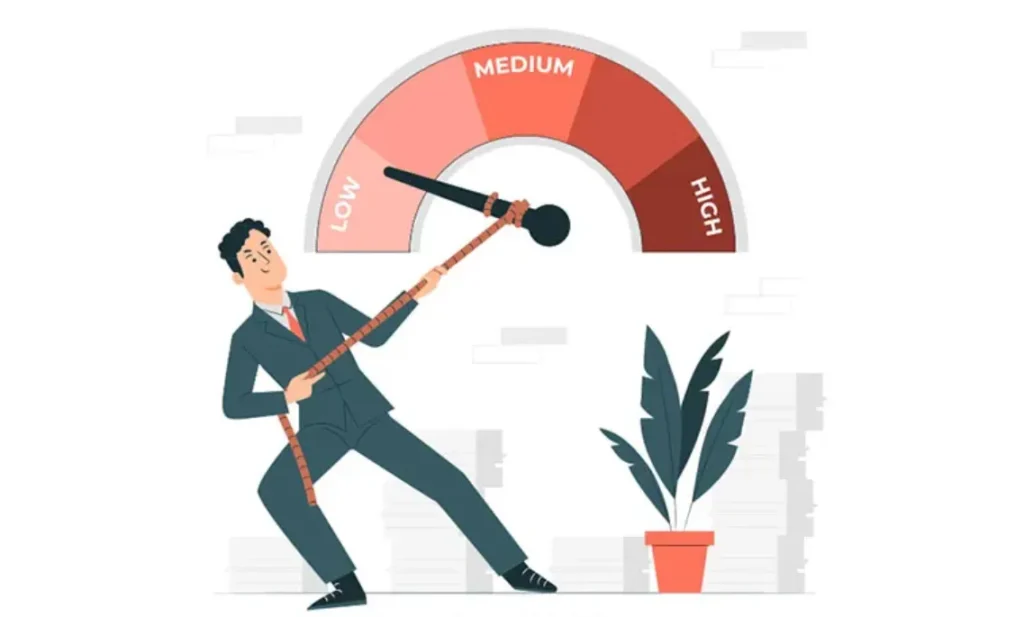Investing in mutual funds and commodities can be rewarding, but it also involves various risks that can impact your portfolio’s performance. Effective risk management is crucial for minimizing potential losses and enhancing returns. This article explores several risk management techniques specifically tailored for mutual fund and commodity investments, helping investors navigate the complexities of these financial vehicles.
Understanding Risk in Mutual Funds and Commodities
Before diving into risk management techniques, it’s essential to understand the different types of risks associated with mutual funds and commodity market:
- Market Risk: The potential for losses due to fluctuations in market prices. Both mutual funds and commodities are subject to market volatility driven by economic conditions, geopolitical events, and investor sentiment.
- Credit Risk: For mutual funds that invest in bonds or debt instruments, credit risk refers to the possibility of a borrower defaulting on payments.
- Liquidity Risk: This risk arises when an investor cannot quickly buy or sell an asset without affecting its price. Some mutual funds and commodities may have lower liquidity than others.
- Operational Risk: Related to failures in a fund’s processes, systems, or controls, operational risk can impact the management of mutual funds.
- Currency Risk: Particularly relevant for investors in commodities traded in foreign currencies, currency fluctuations can affect the value of investments.
Techniques for Managing Risks in Mutual Fund Investments
- Diversification: One of the most effective risk management techniques is diversification. By choosing to invest in mutual funds across different asset classes, sectors, and geographical regions, investors can reduce the impact of a poor-performing asset on the overall portfolio. A well-diversified portfolio can help mitigate market risk and enhance stability.
- Asset Allocation: Establishing an appropriate asset allocation strategy is critical for managing risk. Investors should determine their risk tolerance and investment goals to decide how much to allocate to equities, bonds, and other assets. Regularly reviewing and adjusting the asset allocation based on changing market conditions can also help maintain a balanced risk profile.
- Regular Monitoring: Continuously monitoring the performance of mutual funds is essential for effective risk management. Investors should review fund performance, fees, and holdings periodically. If a fund consistently underperforms or fails to align with investment goals, it may be time to consider reallocating assets or switching funds.
- Utilizing Stop-Loss Orders: Although stop-loss orders are more common in stock trading, they can also be employed in mutual funds that allow for such orders. Setting a predetermined price at which an investor will sell shares can help limit potential losses.
- Expense Ratio Awareness: High fees can erode returns over time. When selecting mutual funds, investors should be aware of the expense ratio and ensure it aligns with their performance expectations. Choosing lower-cost funds can improve long-term performance, particularly in volatile markets.
Techniques for Managing Risks in Commodity Investments
- Hedging Strategies: One of the most effective ways to manage risks in commodity investments is through hedging. Investors can use derivatives such as futures and options to hedge against price fluctuations. For example, a farmer might sell futures contracts to lock in prices for their crops, reducing the risk of falling prices at harvest time.
- Investing in Commodity ETFs: Commodity exchange-traded funds (ETFs) can provide a less risky way to gain exposure to commodities. ETFs typically hold a diversified portfolio of commodities or commodity-related assets, spreading risk across multiple positions. This diversification can help reduce the impact of price volatility in individual commodities.
- Understanding Supply and Demand Dynamics: Staying informed about global supply and demand factors is crucial for managing risks in commodity investments. Economic indicators, weather patterns, and geopolitical events can all influence commodity prices. Investors should conduct thorough research and analysis to understand these dynamics and adjust their investment strategies accordingly.
- Seasonal Trends and Cycles: Many commodities have seasonal price patterns due to factors such as harvest cycles or weather conditions. By understanding these trends, investors can time their entries and exits more effectively, potentially reducing risks associated with price volatility.
- Currency Risk Management: For commodities traded in foreign currencies, currency fluctuations can significantly impact returns. Investors can manage this risk by using currency hedging strategies or diversifying their investments across commodities priced in different currencies.
Combining Risk Management Techniques
Investors in both mutual funds and commodities can benefit from combining various risk management techniques. For instance, an investor may diversify their mutual fund investments while simultaneously employing hedging strategies for their commodity holdings. This multi-faceted approach can enhance overall portfolio resilience and reduce the impact of adverse market conditions.
Regular Review and Adaptation
Effective risk management is not a one-time exercise but rather an ongoing process. Investors should regularly review their portfolios to assess performance, risk exposure, and alignment with investment goals. Market conditions, personal financial situations, and risk tolerance can change, making it essential to adapt strategies accordingly.
Conclusion
Investing in mutual funds and commodities can offer significant rewards, but it also comes with inherent risks. By employing a range of risk management techniques—such as diversification, asset allocation, hedging strategies, and regular monitoring—investors can better navigate the complexities of these financial instruments. Understanding the unique risks associated with mutual funds and commodities is crucial for effective risk management. By taking a proactive approach to risk, investors can enhance their chances of achieving long-term financial success while minimizing potential losses.
